IDENTIFYING ELECTRIC CONDUCTIVITY OF A MATERIAL WORKING MODEL
SCIENCE LAB EQUIPMENT WORKING MODEL / SCIENCE EXHIBITION WORKING MODEL
5 in stock
IDENTIFYING ELECTRIC CONDUCTIVITY OF A MATERIAL
Identifying the electric conductivity of a material involves testing its ability to conduct electricity. Here’s a simple method you can use:
Materials needed:
1. The material you want to test (e.g., metal wire, plastic rod, wood stick)
2. A power source (e.g., battery)
3. Two wires with alligator clips attached
4. An LED bulb or a small light bulb
5. Safety gloves (optional)
Instructions:
1. Ensure that the power source is disconnected and turned off before starting the experiment.
2. Put on safety gloves if you’re working with materials that may pose safety risks.
3. Connect one end of one wire to the positive terminal of the power source (e.g., the battery) and the other end to one terminal of the LED bulb.
4. Connect one end of the second wire to the negative terminal of the power source and the other end to the other terminal of the LED bulb.
5. Now, take the material you want to test for conductivity (e.g., the metal wire, plastic rod, or wood stick).
6. Touch the ends of the material simultaneously to the free ends of the wires connected to the LED bulb. Ensure that the material makes contact with both wires.
7. Observe the LED bulb. If it lights up, it indicates that the material is conductive. If it doesn’t light up, the material is likely not conductive.
Explanation:
When you complete the circuit by touching both ends of the material to the wires connected to the LED bulb, electricity flows through the circuit. If the material is conductive, it allows the flow of electricity, completing the circuit and causing the LED bulb to light up. If the material is not conductive, it prevents the flow of electricity, and the LED bulb will not light up.
This simple experiment provides a basic way to identify whether a material is conductive or not. Keep in mind that conductivity can vary depending on factors such as the composition and structure of the material.
IDENTIFYING ELECTRIC CONDUCTIVITY OF A MATERIAL
Determining the electrical conductivity of a material is crucial for understanding its properties and potential applications. Here’s a more comprehensive approach to identify and measure the electric conductivity of a material:
1. **Four-Probe Method**: This is a precise and widely used technique for measuring the resistivity (inverse of conductivity) of materials. It involves using four evenly spaced probes to apply a known current and measure the resulting voltage. From this data, the resistivity of the material can be calculated using the formula:
Resistivity (ρ) = (Voltage / Current) * (Distance between probes / Cross-sectional area)
By knowing the resistivity, you can determine the conductivity using the formula: Conductivity (σ) = 1 / Resistivity (ρ).
2. **Direct Current (DC) Resistance Measurement**: In this method, you can use a multimeter to measure the resistance of the material directly. Apply a known voltage across the material and measure the resulting current. Then, use Ohm’s law (Resistance = Voltage / Current) to calculate the resistance. From the resistance value, you can infer the conductivity if the material’s dimensions and temperature are known.
3. **Alternating Current (AC) Conductance Measurement**: For materials that exhibit frequency-dependent conductivity, such as semiconductors or electrolytes, AC conductance measurement can provide valuable insights. This involves applying an AC voltage across the material and measuring the resulting current. The conductance can be calculated using the formula: Conductance = Current / Voltage.
4. **Fourier’s Law of Heat Conduction**: In cases where the material’s thermal conductivity correlates with its electrical conductivity, you can use Fourier’s law of heat conduction to indirectly determine the electrical conductivity. By measuring the material’s thermal conductivity and knowing its specific heat and density, you can estimate its electrical conductivity.
5. **Hall Effect Measurement**: This method involves applying a magnetic field perpendicular to the direction of current flow in the material and measuring the resulting Hall voltage. From the Hall voltage and the known parameters of the material and magnetic field, you can calculate the conductivity.
Each method has its advantages and limitations depending on the specific properties of the material being tested and the accuracy required for the measurement.
Identifying the electric conductivity of a material is essential for determining its suitability for specific applications and understanding its behavior in electrical circuits. Conductivity testing using a multimeter provides quantitative data on a material’s conductivity, while visual inspection and prior knowledge can offer qualitative insights into its conductivity properties. By assessing a material’s conductivity, you can make informed decisions about its use in various fields, from electrical engineering to material science.
| Weight | 0.5 kg |
|---|---|
| Dimensions | 25 × 25 × 5 cm |
You must be logged in to post a review.
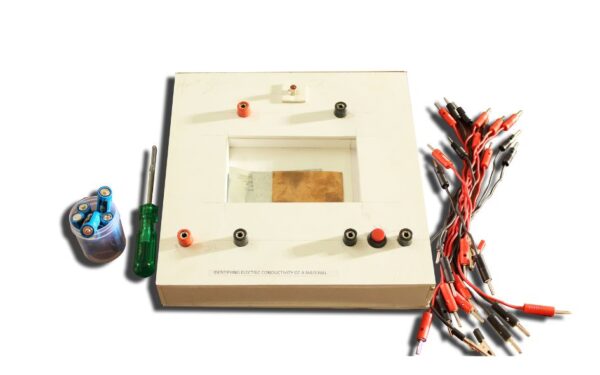
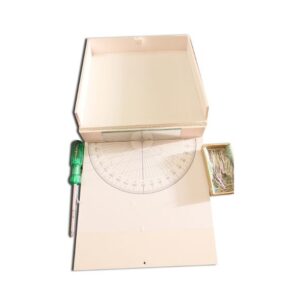
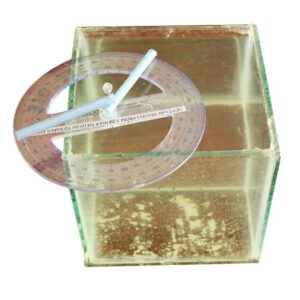
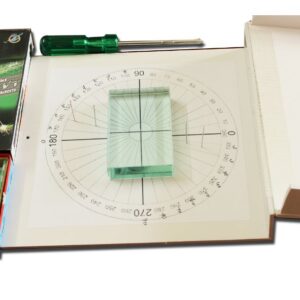
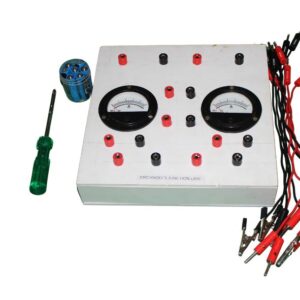
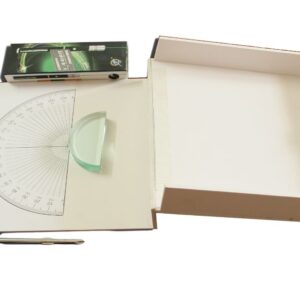
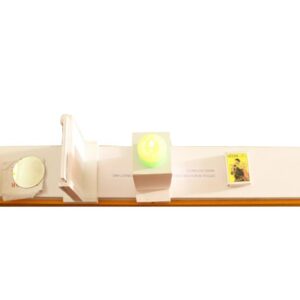
Reviews
There are no reviews yet